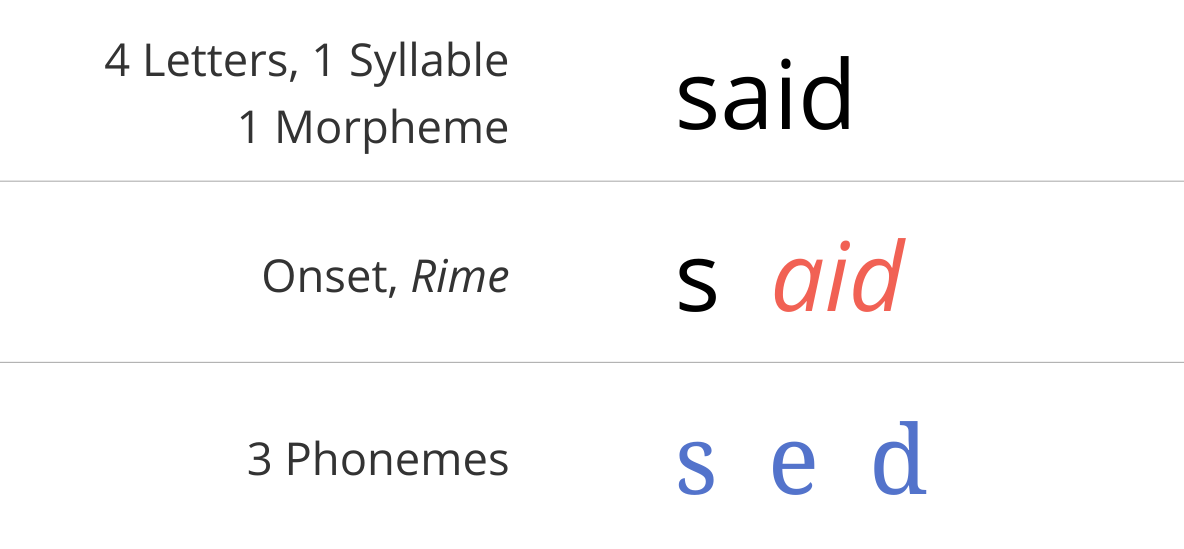Ito describes the process as “peer-to-peer” review. The goal, he says, is for ideas presented in the journal to morph and evolve and become interconnected over time. “You can imagine that after a few weeks, all of the papers coming out on this journal are all referring to and quoting each other, so it looks like a network rather than a bunch of isolated papers,” he says. In this way, the journal seeks to incorporate voices from as many interested disciplines as possible. “The idea that going deep deep deep to get better results is giving way to the idea that the way to get the most interesting results is to be able to go a bit diagonal,” Slavin says. Both Slavin and Ito reference the field of synthetic biology as an example of where this intersection is happening, and point specifically to the work of Kevin Esvelt.

e = get, head
Dive into said